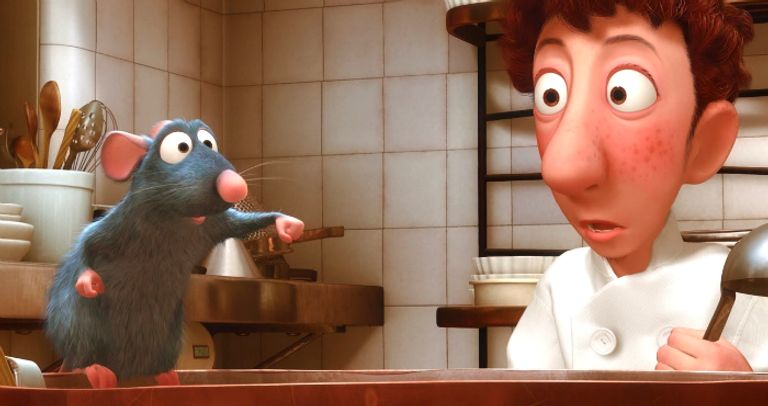Details In Disney Movies That Are Historically Accurate
Disney has always been known to create fun movies for the whole family to enjoy. The characters are lovable, the stories thoughtful and heartfelt, and it's nearly impossible to leave the theater without a smile on your face. While all their films are memorable, it's the little things that we sometimes miss that truly make them great. These details from Disney movies may have slipped under the radar, but their real-life inspirations will surely make them as unforgettable as the films themselves.
The fire extinguisher scene in WALL-E
During the scene when WALL-E and Eve dance in space, WALL-E uses a fire extinguisher to move around in zero gravity. There's a similar maneuver depicted in the movie Gravity, and National Geographic asked astronaut Roberta Bondar whether it could really be done.
Bondar said, "I thought that would probably work. It's the law of physics. For every action in one direction, you have an equal and opposite reaction in the other direction."
"Working on my roar!" in The Lion King
It may have seemed silly for Simba to work on his roar in the early parts of The Lion King, but a lion's roar is really important. The slight variations in a lion's vocalization can mean the difference between a simple greeting and a challenge for dominance.
Lions also use their roars to communicate with other prides, show off their power, and even figure out how big prides are. So while a lion may not work on their roar like Simba, they do need an effective roar to survive and thrive.
Memories in Inside Out
The human mind isn't full of animated characters, but the film wasn't too far off in illustrating how some aspects of memories function. The filmmakers even spoke to neuroscientists and psychologists to get the science on point.
The brain recalls memories in response to audio and visual cues, like in the movie. This also allows us to re-experience certain past emotions in the present. However, our memories aren't perfectly crystallized in glass globes...
Marlin's journey in Finding Nemo
Dr. Steve Simpson from the University of Exeter led a study that found that baby clownfish will often travel hundreds of miles across the sea to join up with other clownfish. So Nemo could've made the journey, if not Marlin.
"This is an epic journey for these tiny week-old fish. When they arrive at the reef, they are less than a centimeter long, and only a few days old, so to travel hundreds of kilometers they must be riding ocean currents to assist their migration," said Dr. Simpson.

